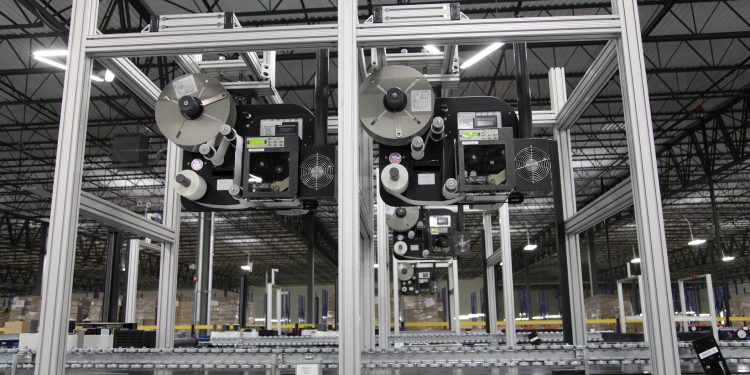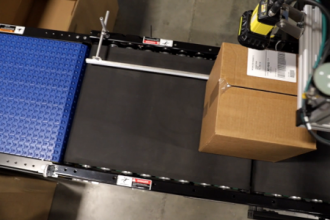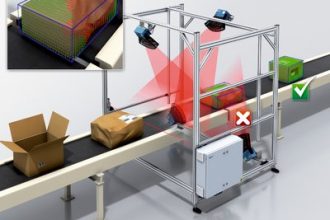Prevent Chargebacks via SLAM Equipment

At some point in time, all warehouses will face the unfortunate reality that is a chargeback. These can originate in many parts of your facility, but errors coming out of your last 100 feet are often at fault. This makes this final area—known as SLAM (scan, label, apply, and manifest) a critical part of the operation to concentrate efforts in preventing chargebacks.
Before you can begin to attack the problems, you need an understanding of how chargebacks are incurred. First, know that they are common, but that doesn’t mean you can’t avoid them. Second, know that chargebacks typically come from retail customers or your parcel carriers. Both have specific pain points when it comes to errors, and they’re going to charge you a fee for making those errors.
When it comes to parcel carriers, there are usually three main pain points that lead to chargebacks. Distribution centers often work with thousands of SKUs, and if they’re using an item master list of their weights and dimensions, it’s easy for that list to be full of mistakes. Since parcel carriers predominantly calculate cost to ship an order based on dimensional weight of the carton, it is imperative that the correct information is provided to the parcel carrier during the manifesting process. If the carrier is sent the wrong dimensions of a carton or weight of a carton it can result in additional charges from the carrier.
Sources of these charges typically occur because using bad item master data results in an order being placed into a larger shipping carton, and the new dimensions of the order are not sent to the parcel carrier during the manifesting process, which can result in a higher than expected cost to ship the order.
The most common mistake is when the expected weight of an order is used to manifest, and the weight data is incorrect, which can again result in a higher than anticipated cost to ship the order and a chargeback from the carrier. SLAM equipment not only automates what would otherwise be a manually manifesting operation, but also prevents these chargebacks by automatically capturing the correct dimensions and weights of an order inline and sending the information to a shipping manifest software.
Another common chargeback from parcel carriers is related to incorrectly sorting cartons. Automated sortation within the last 100 feet eliminates this source of chargebacks. In this scenario, once you’ve captured manifesting, and applied the correct label, you can send it on through sortation and rest assured it will get onto the right carrier’s truck. Chargeback avoided.
When it comes to retailers, the issues are a bit different. Many big box retailers require a ASN, UCC, or G10 label placed in a specific location on the carton every time. Miss the mark and your facility can face charges into the tens or hundreds of thousands of dollars. SLAM systems combining multiple label applicators arranged in a labeling tunnel automatically print and apply the label in the required location, scan-verify it, and then automatically sort the carton to pallet build. Speaking of pallet building—this is another area where retailers have specific requirements. For example: a retailer may require one SKU per pallet; or that a pallet is built to a maximum height of eight feet. SLAM equipment can auto-enforce those rules, preventing chargebacks.
An investment in SLAM equipment is a good way to deliver quick ROI by preventing costly chargebacks from carriers and retailers alike.
The MHI SLAM Industry Group is conducting a survey to better understand the challenges and opportunities facing the ecommerce fulfillment operations. As a practitioner in this field, your insight and experiences are of utmost importance to us. We would be grateful if you could spare a few minutes to share your thoughts and opinions through this survey. Your participation will contribute to shaping the future of the industry.
To learn more about MHI’s SLAM industry group: www.mhi.org/slam
More information about Scanning, Labeling, Applying, Manifesting:
Why SLAM Should Include Dimensioning Equipment
Handling Every Type Of Packaging
Best Practices For The Last 100 Feet Of Fulfillment
Why A Vertical Reciprocating Conveyor Can Play A Critical Role …
Better Data Equals Better Labeling And Tagging
Podcast: Transitioning From Manual To Automated SLAM (The Last 100 feet)



